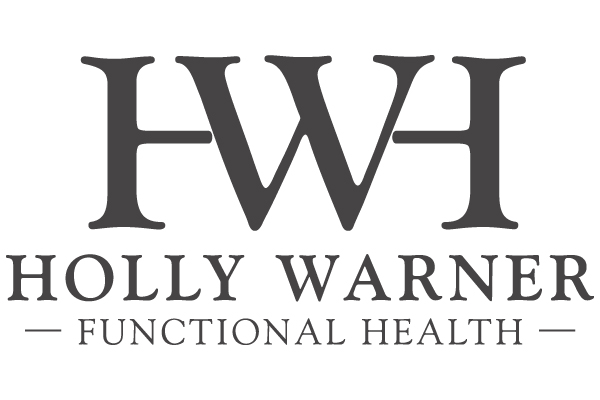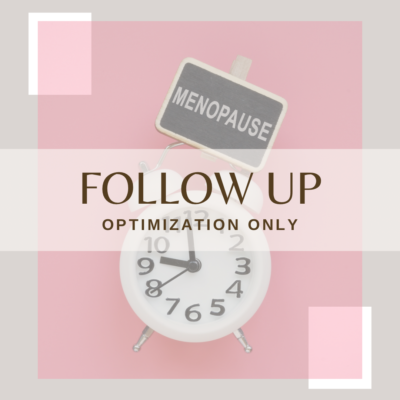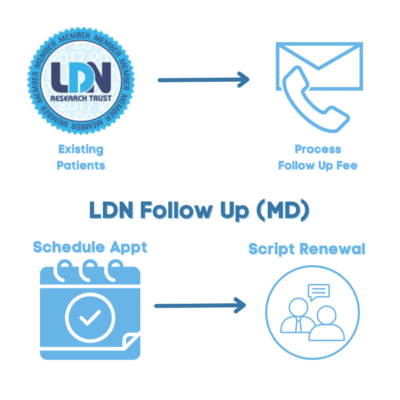💊 Birth Control vs. Bioidentical Hormones ⚖️
Let’s clear something up:
Birth control pills are NOT “low dose” hormone therapy, even when they are marketed as such. In fact, they’re often high-dose synthetic hormone therapy—not at all similar to the bioidentical hormones we use in perimenopause and menopause.
🚨 Birth Control Pills (Synthetic Hormones)—Here’s what we’re dealing with in some common brands:
🇨🇦 Common Birth Control Pills in Canada
Alesse (Low-dose)
- 20 mcg ethinyl estradiol – a synthetic estrogen not estradiol (more potent than our natural estradiol (10-100x) – the terminology might be a little confusing to some…
- 100 mcg levonorgestrel (progestin)
- Marketed as “low dose,” but:
- 20 mcg EE is equivalent to ~200–400 mcg estradiol
- Still significantly more potent than physiological doses used in HRT
Marvelon (High-dose)
- 30 mcg ethinyl estrogen + 150 mcg desogestrel (synthetic progestin)
Tri-Cyclen
- 35 mcg ethinyl estrogen + norgestimate (synthetic progestin) – The dose varies per week (triphasic)
- Week 1: 180 mcg
- Week 2: 215 mcg
- Week 3: 250 mcg
Both prescribed frequently, both well above what we use in menopause care.
🧬 Compared to Bioidentical HRT:
- Oral estradiol (micronized E2): 0.5–2 mg
- This is true 17β-estradiol, not a synthetic analog
- Far lower in potency than EE, and actually supports cardiovascular health
- Micronized progesterone (either compounded or Prometrium): 100–200 mg
- Bioidentical and protective, unlike synthetic progestins
💥 Ethinyl estradiol is about 10–100x more potent than bioidentical estradiol, especially when taken orally.
🌿 Bioidentical Hormones (Used in Perimenopause/Menopause)
- Oral micronized estradiol (E2):
- Typical dose: 0.5–2 mg per day-in menopause we can go higher if needed but 2 mg is the sweet spot for therapeutic levels and the best overall disease prevention
- Identical to what your body used to make, before it quit on you!
- Prioritizes cardiovascular and bone protection when given orally (due to the first-pass liver effect)
We also use:
- Micronized progesterone (Either compounded without inflammatory peanut oil or pharmaceutical Prometrium): 100–200 mg at bedtime. Sometimes we go higher than this but that’s a whole other post.
- Testosterone, DHEA, or vaginal estradiol (which is non systemic), depending on needs can also be thrown into the mix (in healthy, therapeutic doses).
Birth control pills were designed to suppress ovulation—they override your cycle. They’re high dose, synthetic, and not ideal for hormone optimization.
BUT wait a minute, that math isn’t “mathing” Holly…
This is one of the most misleading things in hormone discussions. On paper, 20 mcg of ethinyl estradiol looks smaller than 1–2 mg of oral estradiol. But the difference isn’t just about the dose—it’s about the pharmacology and potency.
🤯 20 mcg of Ethinyl Estradiol ≠ 20 mcg of Estradiol
1. Ethinyl estradiol (EE) is chemically altered
- It has an ethinyl group at the 17-alpha position, which blocks rapid liver metabolism.
- This means it stays in the body longer, and its binding affinity for estrogen receptors and hepatic activation is far stronger.
2. First-pass liver effect is amplified
- EE has a very strong hepatic effect—it cranks up clotting factors, triglycerides, SHBG, and inflammatory markers.
- Oral estradiol also has a liver effect (which we want for lipid support and plaque reversal), but it’s much milder and safer.
3. Potency isn’t about the number—it’s about the effect
- In vitro and in vivo studies show ethinyl estradiol is 100x more potent at activating liver-produced proteins (like clotting factors) compared to estradiol.
- Even 10x potency is a conservative estimate clinically.
Ethinyl estradiol is like a synthetic sledgehammer—it’s small in dose but hits the system harder and lingers longer. Just because the number is lower doesn’t mean the effect is gentler. Bioidentical estradiol, even at a higher number, works with your body—not against it.
Bioidentical hormones aim to restore and support what your body is missing—not shut it down. It’s time to stop calling birth control “hormone therapy”—because it’s not.
And stop acting like bioidentical HRT is “dangerous” when it’s actually lower dose, safer, and protective.
🩸 Relative Risk of Blood Clots (VTE – Venous Thromboembolism)—let’s talk about it.
Baseline (non-user, reproductive-aged woman):
- Risk: ~1–5 per 10,000 women per year
⚠️ With combined oral contraceptives (COCs):
- RR: 3 to 6 times higher than non-users
- Absolute risk: ~10–15 per 10,000 women per year
Some formulations (especially those with newer progestins like desogestrel or drospirenone) carry higher risk:
|
Progestin Type |
RR for VTE vs. non-users |
|
Levonorgestrel |
~3x |
|
Desogestrel/Drospirenone |
~5–6x |
|
Norgestimate |
~4x |
Source: Lidegaard et al., NEJM 2012, BMJ 2009
🧠 Relative Risk of Ischemic Stroke
- RR with COCs: 1.5 to 2.5 times higher
- Stronger risk in women who:
- Smoke
- Have migraines with aura
- Are over age 35
Ethinyl estradiol increases hepatic production of clotting factors and platelet aggregation, contributing to stroke risk. By contrast — Bioidentical Estradiol (oral or transdermal)
- Micronized estradiol:
- No increased risk of VTE or stroke in healthy women
- Even in oral form, the risk remains neutral to protective depending on other health factors
- Especially when combined with micronized progesterone, not synthetic progestins
Sources:
- [Scarabin et al., J Thromb Haemost 2003]
- [Rossouw et al., JAMA 2007]
- [L’Hermite, Climacteric 2013]





